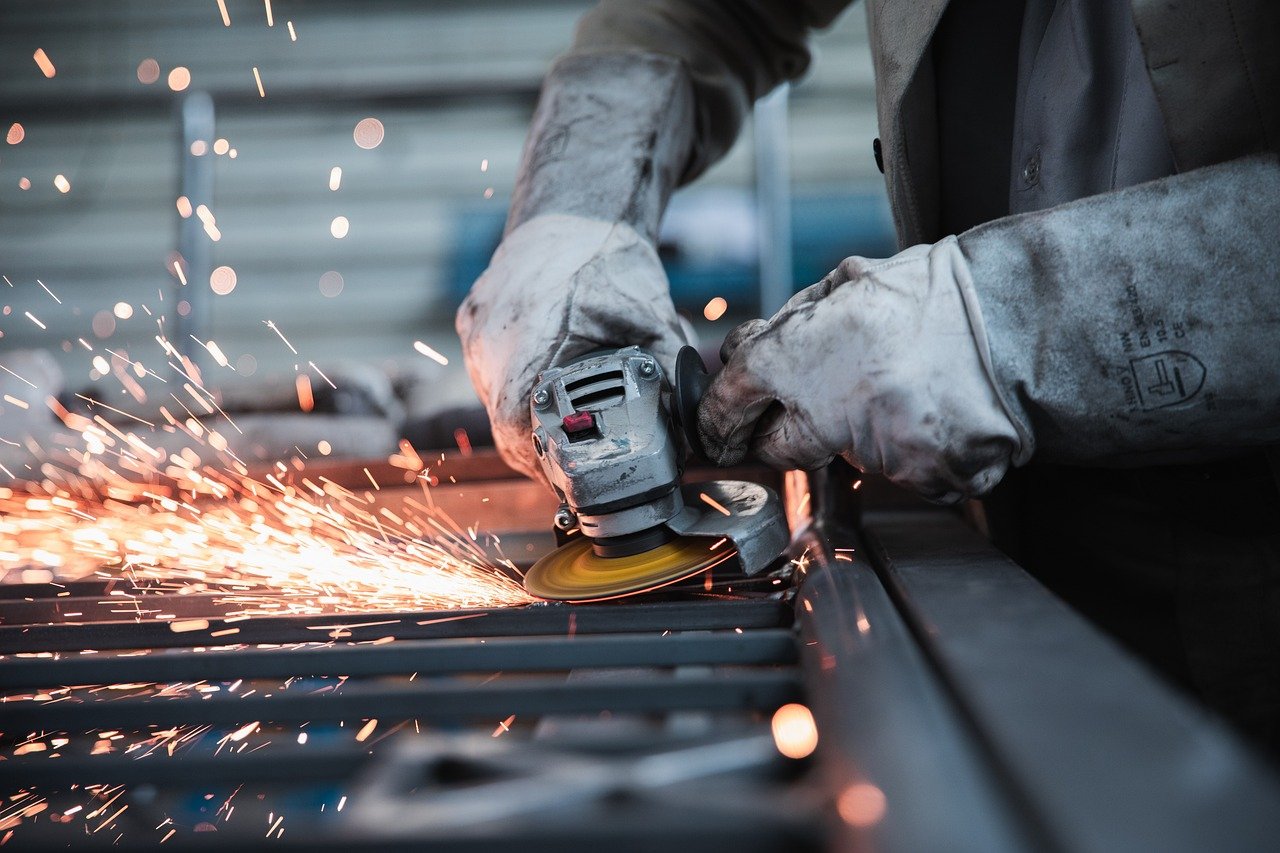Given technical investments set to reach an estimated $2.7 billion by 2030, India’s steel industry is prepared for a major makeover. The industry’s need to upgrade operations, increase efficiency, and satisfy both growing domestic and worldwide demand drives this expansion. Usually, the investment will concentrate on several technologies, including digitization, automation, and environmental sustainability initiatives. This paper explores the elements influencing these expenditures, the expected returns, and the possible difficulties the sector could experience.
The Need for Technological Investment
1. Growing Steel Demand
Among the world’s steel manufacturers and users is India, one of which is among Demand for steel has grown as the nation fast urbanizes, develops its infrastructure, and experiences industrial expansion. The steel sector has to increase its production capacity while keeping quality and sustainability criteria as the economy keeps developing.
2: Increasing Operational Effectiveness
Indian steel businesses are investing in technology to improve operational efficiency in order to stay competitive on the worldwide scene and satisfy the increasing demand. This covers using advanced data analytics for predictive maintenance, automating manufacturing processes, and combining smart technology across manufacturing lines.
3. Environmental Sustainability
One of the most carbon-intensive sectors, steel greatly adds to greenhouse gas emissions. Indian steelmakers are funding greener technologies as worldwide demand to lower carbon footprints increases. These cover waste reduction techniques, renewable energy integration, and carbon capture and storage (CCS). The $2.7 billion expenditure will probably help projects meant to increase the environmental sustainability of the sector.
Principal Investment Areas
1. Automation and Robotics
The future of the steel sector is likely to be shaped by automation rather significantly. Robotic and automated systems capable of precisely and efficiently completing difficult jobs are attracting investments. In steel companies, this not only lowers human mistake but also improves safety and output.
2. Digitalization and Industry 4.0
Steel is being revolutionized by the combination of Industry 4.0 technologies like artificial intelligence (AI), the Internet of Things (IoT), and machine learning. Real-time production process monitoring, equipment predictive maintenance, and supply chain management optimization made possible by these technologies allow Efforts at digitalization are projected to account for a sizable share of the $2.7 billion expenditure.
3. Green Steel Manufacturing
As the sector tries to lessen its environmental effect, the idea of “green steel” is becoming more popular. Green steel manufacture calls for employing solar and wind energy sources as well as techniques meant to cut carbon emissions. Major emphasis is planned to be on investments in research and development of green steel technology.
Hazards and Challenges
1. High Capital Charges
The great capital expense of these technological expenditures is one of the key difficulties related to them. Although sustainability initiatives, digitalization, and automation clearly have long-term advantages, the initial outlay might be somewhat significant. Smaller steel makers might find it difficult to get the required capital, which would cause the sector to consolidate.
2. Development of Skills and Workforce Adaptation
The move towards digital technology and automation calls for a workforce with fresh competencies. Businesses will have to make investments in training and development initiatives to provide their staff members the required knowledge to run and maintain modern technologies. Job relocation is another possibility that has to be properly controlled to prevent societal disturbance.
3. Policy and Regulatory Challenges
Furthermore influencing the success of technical expenditures in the steel industry will be favorable government policies and laws. Crucially, a good legislative environment that supports innovation and offers incentives for the acceptance of green technologies can help to guarantee Steel manufacturers may find it difficult, though, to negotiate the complexity of policy regimes.
Expert Thoughts
1. Industry Analysts
The $2.7 billion technological expenditure would help India’s steel sector become a worldwide leader in sustainability and innovation, according to industry observers. Emphasizing first on areas with the best return on investment (ROI) and then progressively extending to more sophisticated technologies, they stress the need of utilizing a phased approach to investment.
2. Environmental Experts
Environmental specialists stress the need for the steel sector to give green technologies top importance. Although the initial costs could be significant, they contend that the long-term returns in terms of lowered carbon emissions and energy savings will exceed the expenses. To meet India’s climate targets, they also advocate more robust industry-government cooperation.
Extra Data
1. Global Comparisons
India’s steel sector technological investment fits world trends, in which top steel-producing countries likewise concentrate on sustainability and automation. Already making major progress in implementing modern technology, nations such as China, Japan, and South Korea will benefit from India’s investment to keep competitive in the world market.
2. Future Situation
As more businesses realize the advantages of investing in sophisticated technologies, the technological change of the steel sector is projected to quicken. From raw material procurement to final product delivery, the industry’s emphasis will probably move to include these technologies into every facet of production.
FAQs
What is motivating India’s steel industry to commit $2.7 billion?
The necessity to satisfy growing steel demand, increase operating efficiency, and embrace environmentally friendly methods fuels the investment.
Key areas of investment include automation and robotics, digitalization and Industry 4.0 technologies, and green steel production. Technologies seeing the greatest investment will be those related to key areas
High capital costs, the requirement for talent development, and negotiating regulatory and legislative frameworks define the difficulties the steel business faces in embracing new technology.
Result
With investments likely to reach $2.7 billion by 2030, India’s steel industry is poised for a technological revolution. These expenditures will raise sustainability, increase efficiency, and help the sector to be ready for expansion. Realizing these advantages, meanwhile, will require overcoming major obstacles including high capital expenditures and the necessity of labor adaption. India’s steel sector is ready to lead the way in sustainability and innovation on a worldwide scene with the correct policies and assistance.






